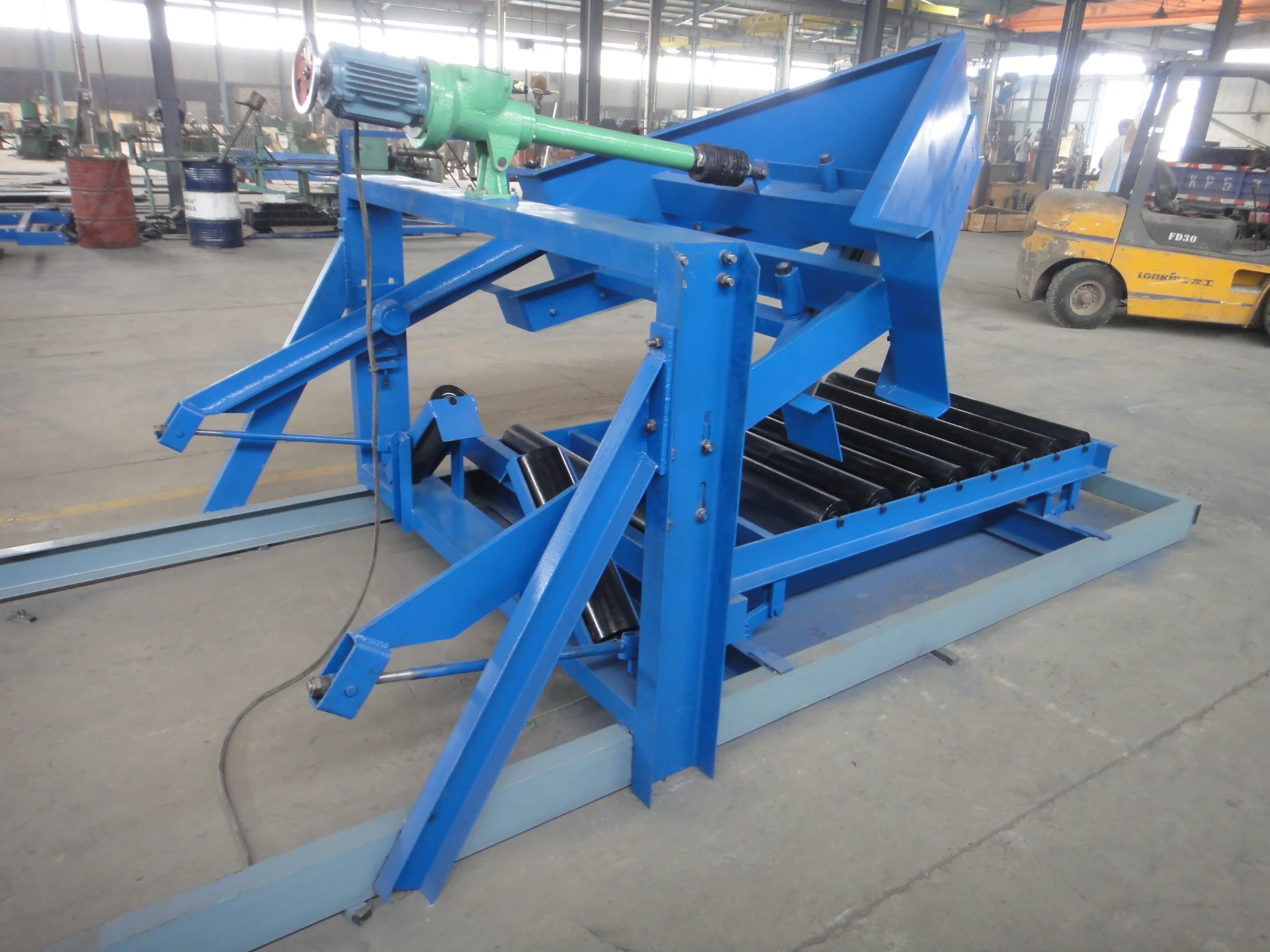 Afrikaans
Afrikaans  Albanian
Albanian  Amharic
Amharic  Arabic
Arabic  Armenian
Armenian  Azerbaijani
Azerbaijani  Basque
Basque  Belarusian
Belarusian  Bengali
Bengali  Bosnian
Bosnian  Bulgarian
Bulgarian  Catalan
Catalan  Cebuano
Cebuano  Corsican
Corsican  Croatian
Croatian  Czech
Czech  Danish
Danish  Dutch
Dutch  English
English  Esperanto
Esperanto  Estonian
Estonian  Finnish
Finnish  French
French  Frisian
Frisian  Galician
Galician  Georgian
Georgian  German
German  Greek
Greek  Gujarati
Gujarati  Haitian Creole
Haitian Creole  hausa
hausa  hawaiian
hawaiian  Hebrew
Hebrew  Hindi
Hindi  Miao
Miao  Hungarian
Hungarian  Icelandic
Icelandic  igbo
igbo  Indonesian
Indonesian  irish
irish  Italian
Italian  Japanese
Japanese  Javanese
Javanese  Kannada
Kannada  kazakh
kazakh  Khmer
Khmer  Rwandese
Rwandese  Korean
Korean  Kurdish
Kurdish  Kyrgyz
Kyrgyz  Lao
Lao  Latin
Latin  Latvian
Latvian  Lithuanian
Lithuanian  Luxembourgish
Luxembourgish  Macedonian
Macedonian  Malgashi
Malgashi  Malay
Malay  Malayalam
Malayalam  Maltese
Maltese  Maori
Maori  Marathi
Marathi  Mongolian
Mongolian  Myanmar
Myanmar  Nepali
Nepali  Norwegian
Norwegian  Norwegian
Norwegian  Occitan
Occitan  Pashto
Pashto  Persian
Persian  Polish
Polish  Portuguese
Portuguese  Punjabi
Punjabi  Romanian
Romanian  Russian
Russian  Samoan
Samoan  Scottish Gaelic
Scottish Gaelic  Serbian
Serbian  Sesotho
Sesotho  Shona
Shona  Sindhi
Sindhi  Sinhala
Sinhala  Slovak
Slovak  Slovenian
Slovenian  Somali
Somali  Spanish
Spanish  Sundanese
Sundanese  Swahili
Swahili  Swedish
Swedish  Tagalog
Tagalog  Tajik
Tajik  Tamil
Tamil  Tatar
Tatar  Telugu
Telugu  Thai
Thai  Turkish
Turkish  Turkmen
Turkmen  Ukrainian
Ukrainian  Urdu
Urdu  Uighur
Uighur  Uzbek
Uzbek  Vietnamese
Vietnamese  Welsh
Welsh  Bantu
Bantu  Yiddish
Yiddish  Yoruba
Yoruba  Zulu
Zulu High-Performance Small Idler Rollers - Durable Conveyor Solutions
- Introduction to Small Idler Rollers in Industrial Systems
- Technical Superiority & Engineering Innovations
- Market Analysis: Growth Trends & Performance Data
- Competitive Landscape: Manufacturer Comparison
- Customized Solutions for Specific Operational Needs
- Implementation Case Studies Across Industries
- Future-Proofing Operations with Premium Components

(small idler rollers)
Small Idler Rollers: Precision Engineering for Modern Conveyance
In bulk material handling systems, small idler rollers
account for 68% of all roller-type components used in conveyor assemblies under 15-meter lengths. These sub-60mm diameter rollers demonstrate 40% higher rotational efficiency than standard units when handling parcels under 25kg, according to 2023 MHI industry benchmarks.
Technical Advantages Driving Industry Adoption
Advanced polyurethane formulations now enable 92-96 Shore A hardness ranges, extending service intervals by 3-5x compared to traditional rubber rollers. Key innovations include:
- Dual-sealed bearing chambers reducing contamination failures by 78%
- CNC-machined aluminum end caps with ISO 286-2 tolerance standards
- Electropolished stainless steel shafts (Ra ≤ 0.4μm surface roughness)
Market Growth and Performance Metrics
The global conveyor idler rollers market is projected to grow at 6.8% CAGR through 2030, with small-diameter variants capturing 42% of new installations in e-commerce fulfillment centers. Energy consumption benchmarks show:
| Roller Type | Power Usage (W/hr) | Noise Level (dB) | MTBF (Hours) |
|---|---|---|---|
| Steel Standard | 18.7 | 63 | 14,000 |
| Polyurethane Hybrid | 12.4 | 51 | 27,500 |
| Ceramic-Coated | 15.9 | 58 | 35,000 |
Comparing Leading Manufacturers
Third-party testing reveals significant performance variations across brands:
| Brand | Axial Load Limit | Temp Range (°C) | Corrosion Resistance |
|---|---|---|---|
| RollTek Pro | 890N | -40 to 135 | IP69K |
| DynaRoll X3 | 720N | -20 to 110 | IP67 |
| PolyGlide Ultra | 950N | -55 to 150 | IP68 |
Custom Solutions for Diverse Applications
Specialized configurations now serve niche markets:
- Antistatic rollers (10^6-10^9 Ω/sq) for electronics manufacturing
- FDA-compliant rollers for food processing lines
- EMI-shielded units for aerospace component handling
Real-World Applications and Success Stories
A major automotive supplier reduced conveyor downtime by 63% after switching to tapered polyurethane idler rollers in their stamping line. The upgrade delivered:
- 19% reduction in lubricant consumption
- 142% improvement in alignment retention
- 37-second average acceleration improvement per cycle
Why Premium Small Idler Rollers Matter
With 83% of conveyor maintenance costs attributed to roller-related failures, investing in advanced small idler rollers proves critical. Leading operations now achieve 94.6% uptime using premium components versus 81.3% with standard parts - translating to $428,000 annual savings per kilometer of conveyor line.

(small idler rollers)
FAQS on small idler rollers
Q: What are the common applications of small idler rollers?
A: Small idler rollers are used in conveyor systems to support and guide belts, reduce friction, and maintain tension. They are ideal for light-duty machinery, packaging lines, and material handling. Their compact size allows integration into space-constrained setups.
Q: How do conveyor idler rollers improve system efficiency?
A: Conveyor idler rollers minimize belt sagging and reduce energy consumption by ensuring smooth belt movement. Properly aligned rollers prevent material spillage and extend belt lifespan. They also reduce operational noise and maintenance costs.
Q: Why choose polyurethane idler rollers over other materials?
A: Polyurethane idler rollers offer superior resistance to abrasion, chemicals, and moisture compared to metal or rubber rollers. They provide quieter operation and reduce belt wear due to their low-friction surface. These rollers are ideal for harsh or high-precision environments.
Q: How to maintain small idler rollers in a conveyor system?
A: Regularly clean rollers to remove debris and check for misalignment or uneven wear. Lubricate bearings periodically to ensure smooth rotation. Replace damaged rollers promptly to avoid belt damage and system downtime.
Q: What factors determine the lifespan of conveyor idler rollers?
A: Lifespan depends on material quality, load capacity, and environmental conditions like humidity or temperature. Proper installation and routine maintenance significantly extend durability. Polyurethane rollers typically outlast traditional materials in abrasive settings.
-
Revolutionizing Conveyor Reliability with Advanced Rubber Lagging PulleysNewsJul.22,2025
-
Powering Precision and Durability with Expert Manufacturers of Conveyor ComponentsNewsJul.22,2025
-
Optimizing Conveyor Systems with Advanced Conveyor AccessoriesNewsJul.22,2025
-
Maximize Conveyor Efficiency with Quality Conveyor Idler PulleysNewsJul.22,2025
-
Future-Proof Your Conveyor System with High-Performance Polyurethane RollerNewsJul.22,2025
-
Driving Efficiency Forward with Quality Idlers and RollersNewsJul.22,2025





























